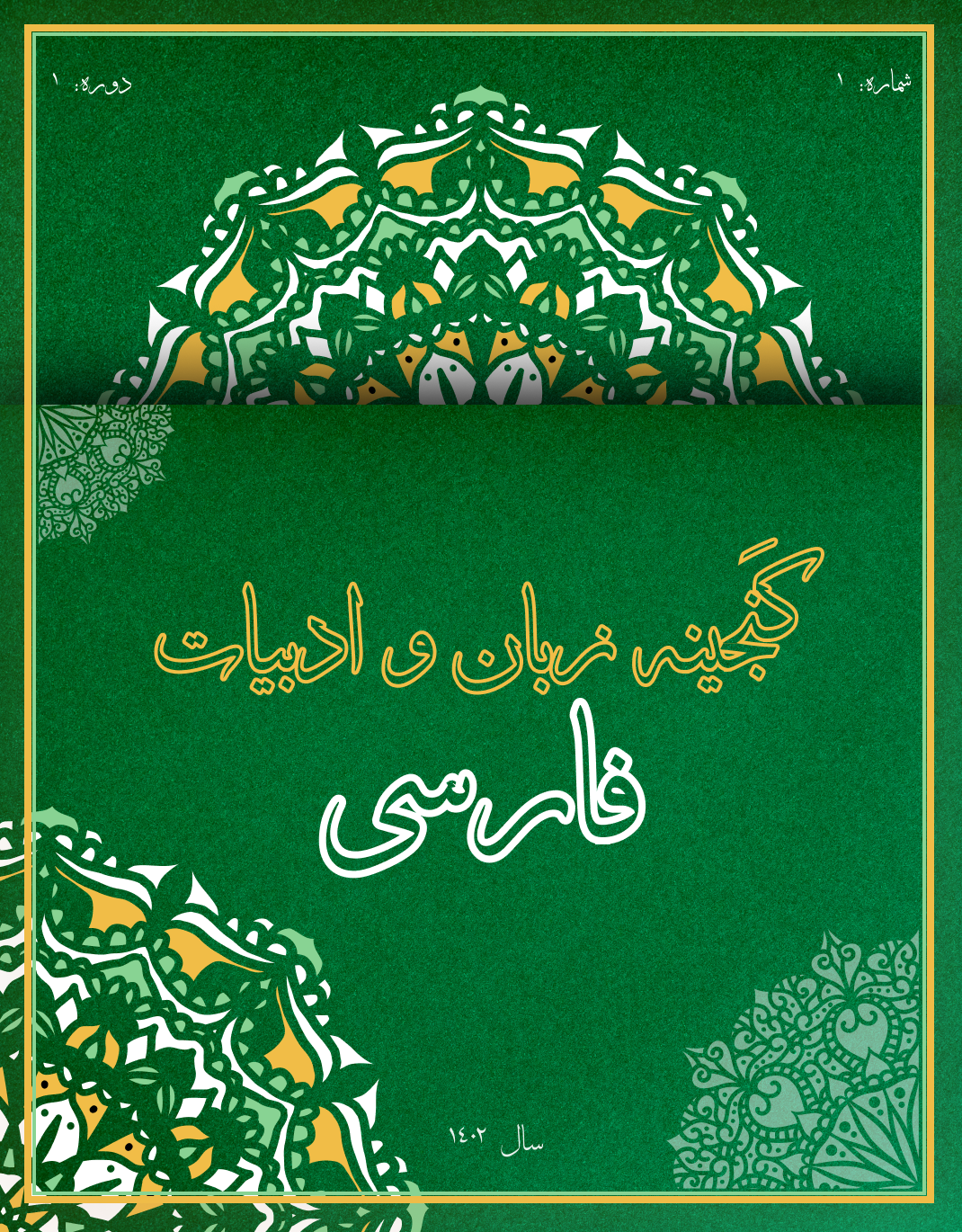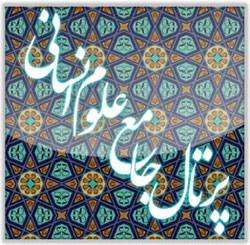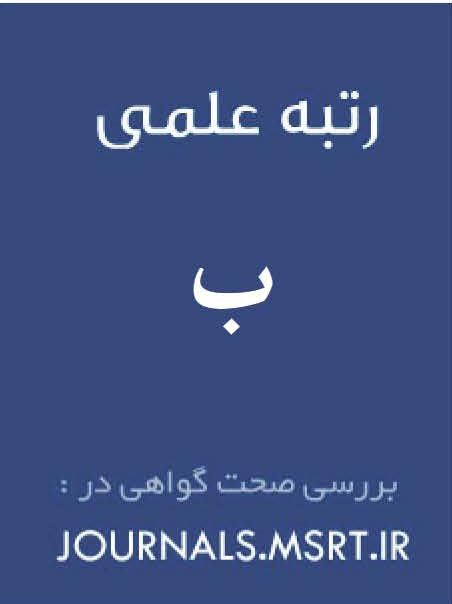Analyzing and Examining Philosophical Images (Khayyamian, Epicurean, and Hermetic) in the Poetry of Octavio Paz
Keywords:
imaginary and image, poetry, philosophy,Khayam, epicure ,Hermes, okta Paz.Abstract
Octavio Paz, the Mexican poet and artist, was a political and social critic as well as the creator of artistic and literary works written in the style of the Surrealist school. The thematic foundation of his poetry and literary works revolves around philosophical and mythological discussions, which he most likely accumulated as a cultural reservoir in Asia, particularly in India. This study examines and analyzes the images in Paz’s prose poems to explore their philosophical similarities and mythological motifs in relation to the philosophical views of Khayyam, the Iranian philosopher, Epicurus, the Greek philosopher, and Hermes. The aim is to uncover the aesthetic and imagistic richness of his poetry. This study, which compares and contrasts the philosophical motifs of these three philosophers with Paz’s poetry, has found that Paz’s perspective on the element of time closely aligns with the views of these philosophers. The message conveyed by Paz’s images emphasizes the significance of immediate and beneficial utilization of time with a hedonistic and sorrow-averse approach. His poetry also reflects an escape from the mundane calendrical time and an effort to attain an eternal, utopian, and paradisiacal poetic temporality. The images and imagery that make Paz’s poetry remarkable possess mythological, mystical (Hermetic), and philosophical themes. His surrealist imagery, in contrast to the classical rhetorical tradition, is abstract and reflects the poet’s immersion in the image itself. This study employs a descriptive-analytical method with an interpretive and hermeneutic approach, utilizing a comparative perspective. The research is conducted through library sources, and data collection has been carried out using note-taking techniques.








